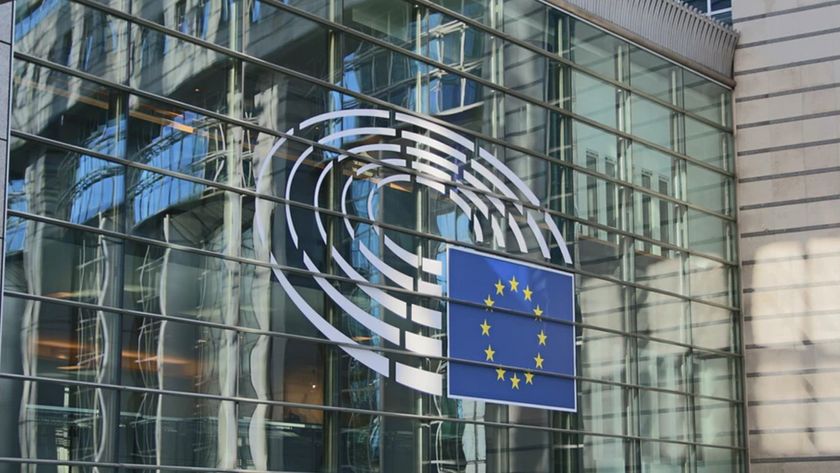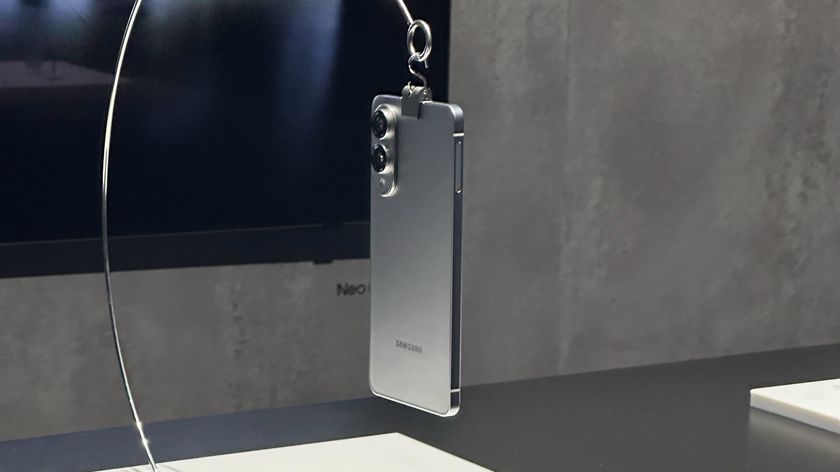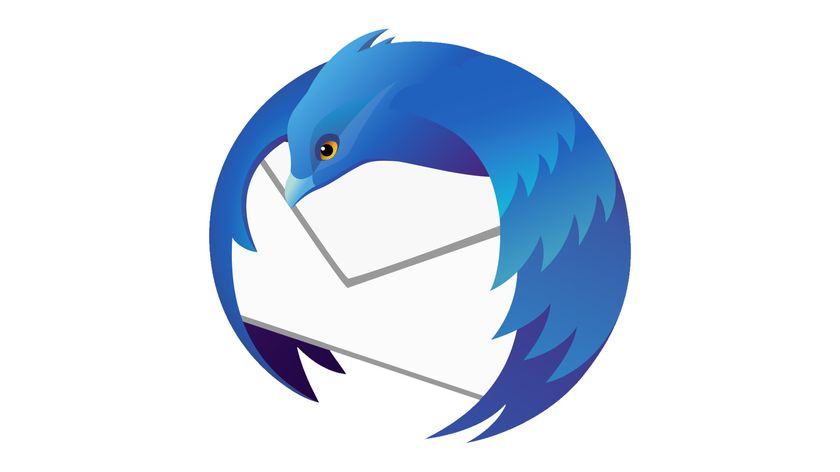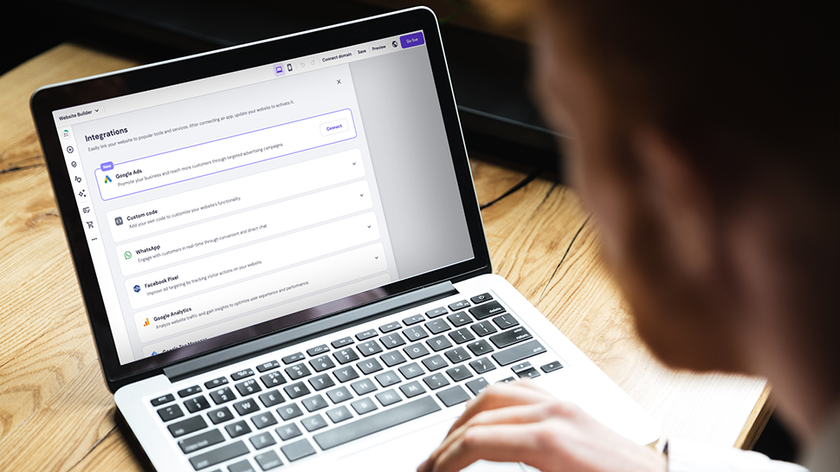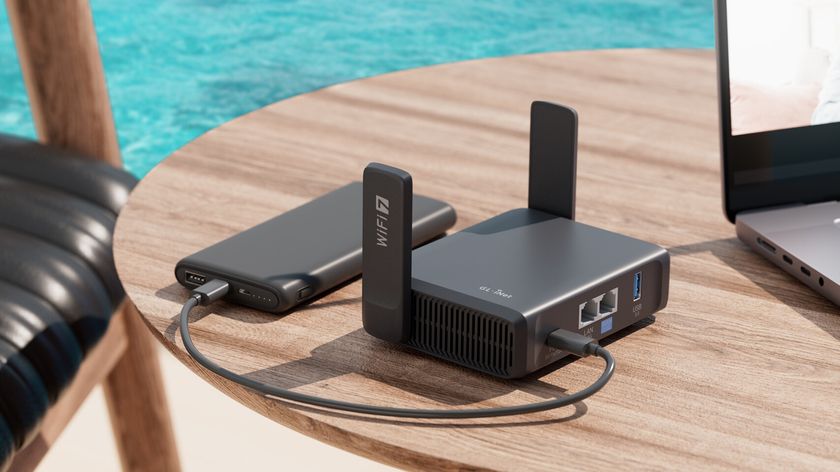Average UK broadband speeds are faster than ever as full fibre makes an impact
The average UK broadband speed increased during the pandemic

Investments in full fibre and cable infrastructure coupled with upgrades from customers has seen the average UK broadband speed to increase by a fifth since the start of the pandemic.
Lockdown restrictions and social distancing measures have elevated the role of connectivity within society, with households increasingly reliant on their broadband service for commerce, work, education, entertainment, and communication.
This means households have become increasingly concerned about speed and reliability.
- These are the best business SIM-only deals around today
- And the best business broadband deals
- Here are the best business mobile phone deals
Ofcom fibre regulation
The majority of broadband connections in the UK have been delivered via fibre to the cabinet (FTTC) technology, which uses copper for the final few hundred metres of the connection. However, Openreach and others are investing in fibre to the premise (FTTP), while Virgin Media is rolling out full fibre and gigabit-capable cable technology.
Ofcom says 24% (7 million) of properties can now get full fibre – up from 21% at the start of 2021 – while 40% (12 million) can receive gigabit-capable broadband across all technologies. This figure is likely to rise even further as Openreach and Virgin Media continue their rollouts.
The percentage of households that can get superfast broadband of at least 30Mbps remains 96%, while nearly all homes can get a ‘decent’ standard of at least 10MBps. There are around 134,000 or so properties that remain excluded, however the Universal Service Obligation (USO) means they can demand to be connected if feasible.
The evidence suggests that consumers are taking advantage of this infrastructure. Ofcom estimates that a additional 2 million households have taken up superfast broadband since November 2019, while average speeds are rising.
Are you a pro? Subscribe to our newsletter
Sign up to the TechRadar Pro newsletter to get all the top news, opinion, features and guidance your business needs to succeed!
The median average speed was 50.4Mbps – up from 42.1Mbps two years ago. Virgin Media offered the fastest median download speed of 490.3Mbps, while BT’s 300Mbps package delivered the quickest median upload speeds of 50.6Mbps.
“Over two million households have upgraded their internet package since the pandemic began, and broadband firms are rushing to meet the UK’s need for speed,” said Yih-Choung Teh, Group Director Strategy and Research at Ofcom.
“With full-fibre networks being built at a record rate, the UK’s networks are being made fit for the future. But our figures show work is still needed to get decent broadband to remote parts of the UK.”
In terms of mobile coverage, 4G availability remains static at 92% - a figure that will hopefully increase a operators continue work on the Shared Rural Network (SRN) initiative. 5G expansion is also having an impact. In 2020, two thirds of all 5G connections recorded were in London, but this has now dropped to 45% as more parts of the country gain access to next generation networks.
- Here are the best broadband deals around today
Steve McCaskill is TechRadar Pro's resident mobile industry expert, covering all aspects of the UK and global news, from operators to service providers and everything in between. He is a former editor of Silicon UK and journalist with over a decade's experience in the technology industry, writing about technology, in particular, telecoms, mobile and sports tech, sports, video games and media.
